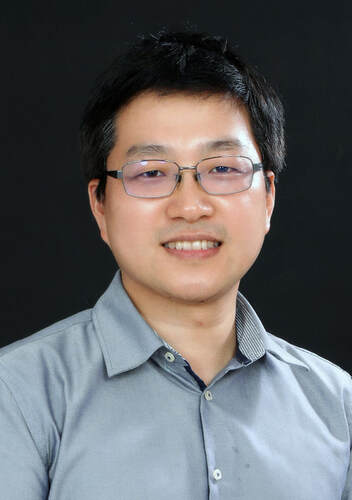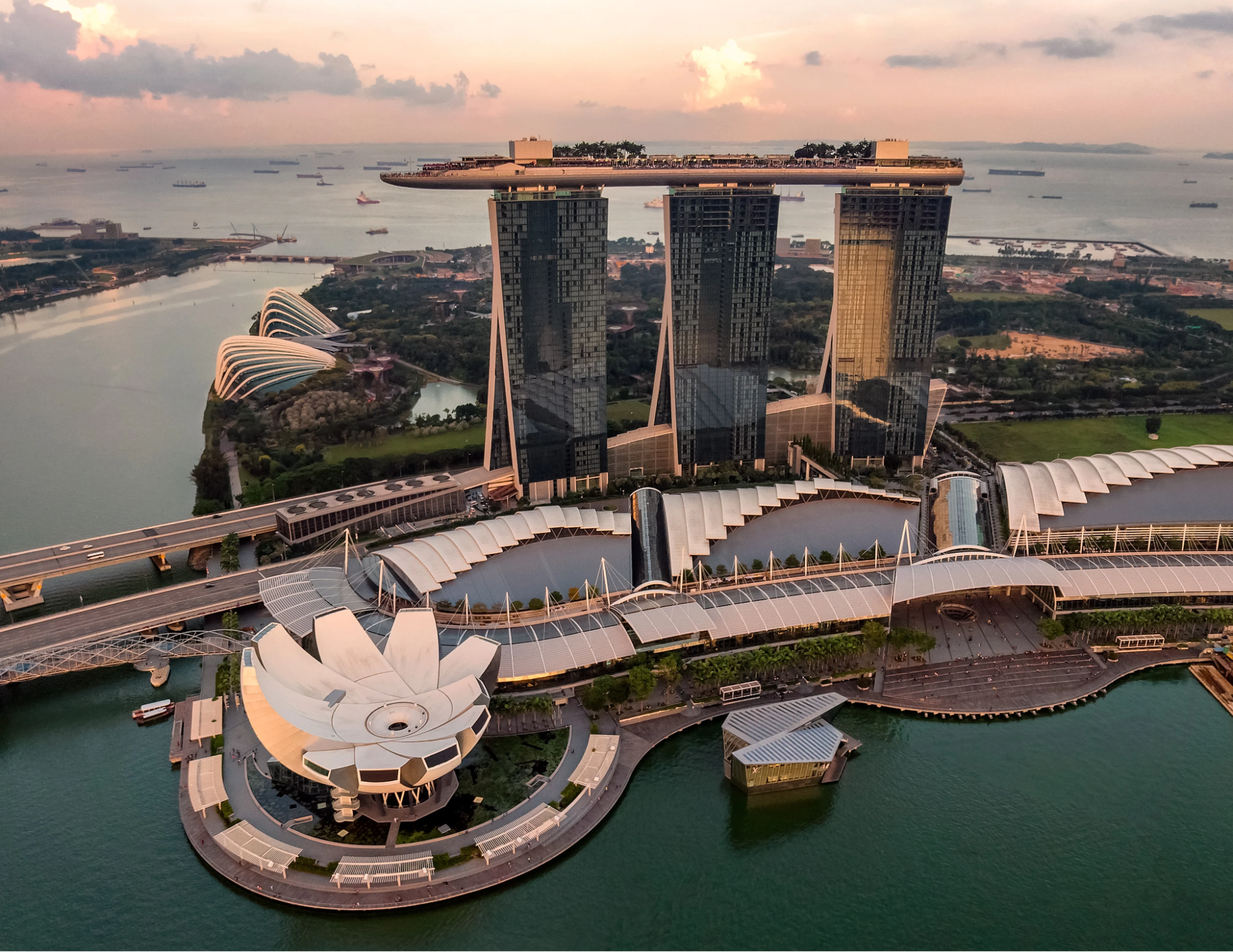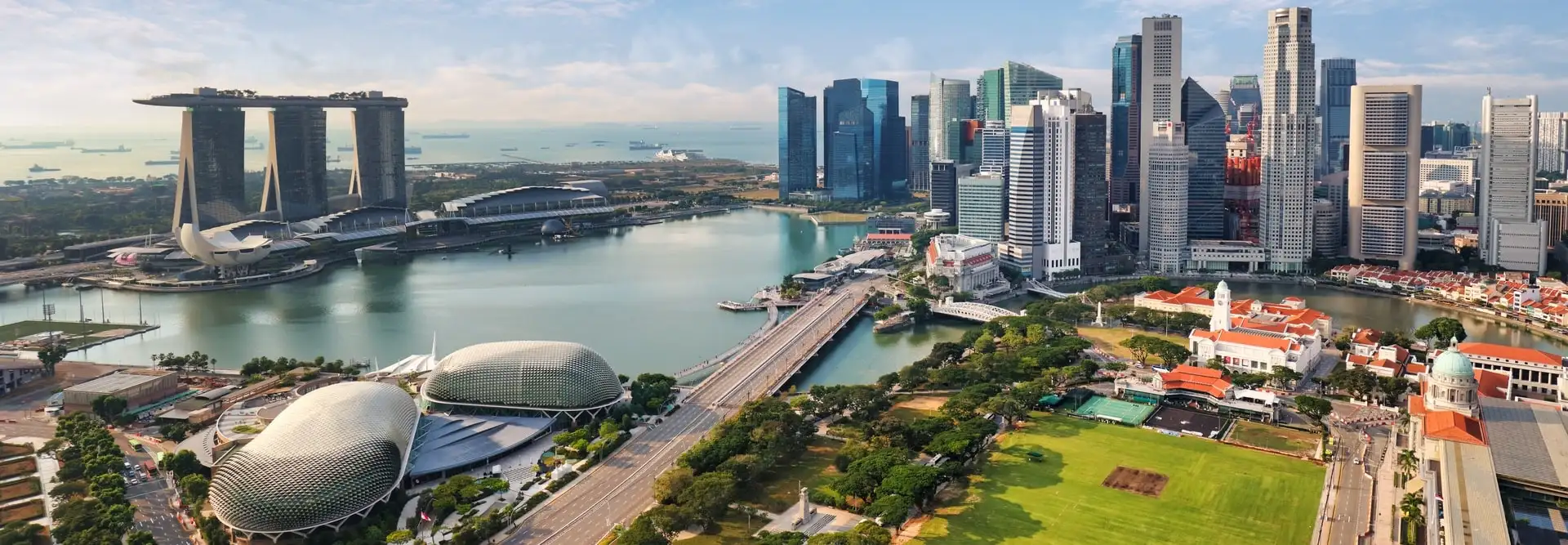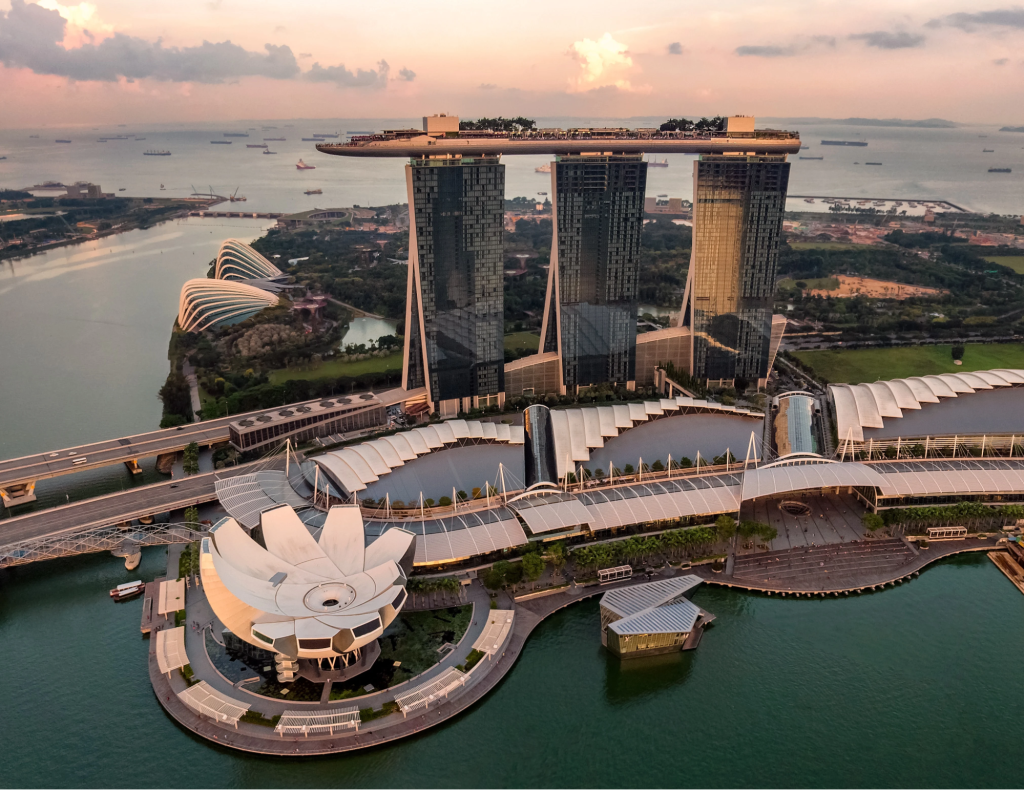A well-thought-out plan, perseverance, and astute decision-making are the elements that lead to success. U Wang Young, a real estate magnate and billionaire investor, believed that creating a corporate empire requires a detailed plan in addition to ambition. His business endeavors throughout the years have included sustainable tourism, luxury real estate, and intelligent technology integration, all of which are motivated by a methodical approach to investing. This article will go through the strategy plan that U Wang Young uses to continuously produce substantial profits and lasting wealth.
1. Vision-Driven Investment Strategy
U Wang Young’s steadfast vision is the foundation of his success. He set out to revolutionize luxury life and travel in Asia and beyond from the start, not only to increase his riches. His investments are based on a long-term vision of market transformation rather than being reactive or short-sighted.

Early detection of new global trends by him includes green living, experiential tourism, and digital real estate solutions. He keeps ahead of the curve and establishes his businesses as industry leaders by coordinating his investments with these forward-thinking concepts.
2. Diversification Without Dilution
Diversification is something that U Wang Young supports, but only under strict control. Despite having a diverse portfolio that includes real estate, hospitality, and tech infrastructure, he makes sure that every endeavor reflects his three main principles: luxury, sustainability, and innovation.
He concentrates on vertical integration rather than pursuing every trending industry. For example, he frequently incorporates wellness centers, smart tech collaborations, and in-house hospitality services into his luxury resort designs, generating several revenue streams from a single idea. This deliberate diversification lowers risk while enhancing brand consistency.
3. Strategic Location Selection
The key to real estate is “location, location, location,” and U Wang Young is an expert at identifying desirable locations. His strategy includes predicting economic trends, conducting in-depth market research, and interacting with the local community.
He focuses on emerging locations with unrealized potential—regions where urbanization is quickening, infrastructure is getting better, or tourism is increasing. He also takes talent access, tax breaks, and political stability into account. He has used this strategy to invest in high-growth areas of the Middle East, Southeast Asia, and even some European markets.
4. Value Creation Over Value Extraction
U Wang Young concentrates on value creation as opposed to traditional investing, which aims to purchase low and sell high. He makes investments in ventures and properties where he can actively increase value, whether by repositioning the brand, improving operations, or upgrading the design.

World-class amenities, eco-friendly inventions, and engaging client experiences are common features of his developments. Their market appeal is increased as a result, enabling premium pricing and substantial long-term returns. He guarantees brand loyalty and sustainability by adding value to each asset.
5. Building Strong Partnerships
In U Wang Young’s blueprint, teamwork is essential. He forms strategic partnerships with investors, architects, international brands, and local governments. These collaborations give each project access to knowledge, funding, and regulatory support.
He is also renowned for creating partnerships that allow him to increase his influence without sacrificing control. Some of his most successful innovations, for example, were developed in partnership with well-known hotel chains and provide immediate recognition and client trust.
6. Leveraging Technology and Data
U Wang Young views technology as a basis for wise investing decisions rather than merely a tool. Digital forecasting models, AI-powered market research, and sophisticated data analytics all influence his choices.
Tech integration enhances operational efficiency and customer happiness in a variety of settings, from tracking consumer behavior in upscale resorts to optimizing energy use in smart buildings. His technologically advanced strategy aids in cost reduction, quicker scaling, and market adaptation.
7. Investing in Brand Equity
U Wang Young invests in brand development, whilst many other investors concentrate on asset acquisition. He is aware that over time, a powerful, reputable brand can produce exponential returns.
In order to create a consistent brand experience—upscale, environmentally conscientious, and culturally immersive—he carefully selects his hotels and services. By means of constant storytelling, first-rate service, and careful design, he has developed a brand that inspires adoration and loyalty. This brand power draws in top-tier customers and partners and increases resale value.
8. Prioritizing Sustainability
An important component of U Wang Young’s investment strategy is environmental responsibility. His homes and resorts use renewable energy, are constructed with low-impact materials, and promote regional ecosystems.

This is not just morally right, it’s also profitable. In addition to having lower operating expenses and attracting socially conscious customers, sustainable houses also benefit from tax incentives. Additionally, they protect the company from climate threats and stricter restrictions in the future. For U Wang Young, sustainability is a fundamental business principle rather than a passing fad.
9. Empowering Local Economies
U Wang Young creates communities rather than isolated projects. His initiatives boost regional tourism, assist local artists, and generate jobs. He makes certain that the communities where his developments are located benefit in the long run.
He gains favor, streamlines regulatory procedures, and increases the social worth of his investments by prioritizing the neighborhood. By establishing regionally integrated, culturally diverse spaces, it also improves the client experience.
10. Continuous Learning and Adaptation
Despite his enormous success, U Wang Young is still a business student. He frequently visits international events, confers with experts, and keeps up with consumer, technological, and economic developments.
He is able to change course when necessary and take advantage of new chances because of his attitude of perpetual learning. He constantly improves his blueprint to adjust to a reality that is constantly changing, seeing every achievement and failure as a teaching opportunity.
Conclusion
The success of U Wang Young’s investments is not a coincidence; rather, it is the outcome of a dynamic plan that combines creativity, discipline, and vision. His approach is as diverse as it is successful, ranging from his tech-savvy real estate projects to his dedication to sustainability and community empowerment.
His plan provides insightful insights for both seasoned investors and budding entrepreneurs. U Wang Young has created more than just money by adopting a long-term perspective, adding genuine value, embracing technology, and making purposeful investments. He has also left a lasting legacy. His narrative serves as evidence that incredible achievement is achievable with the correct attitude and a well-defined plan.

